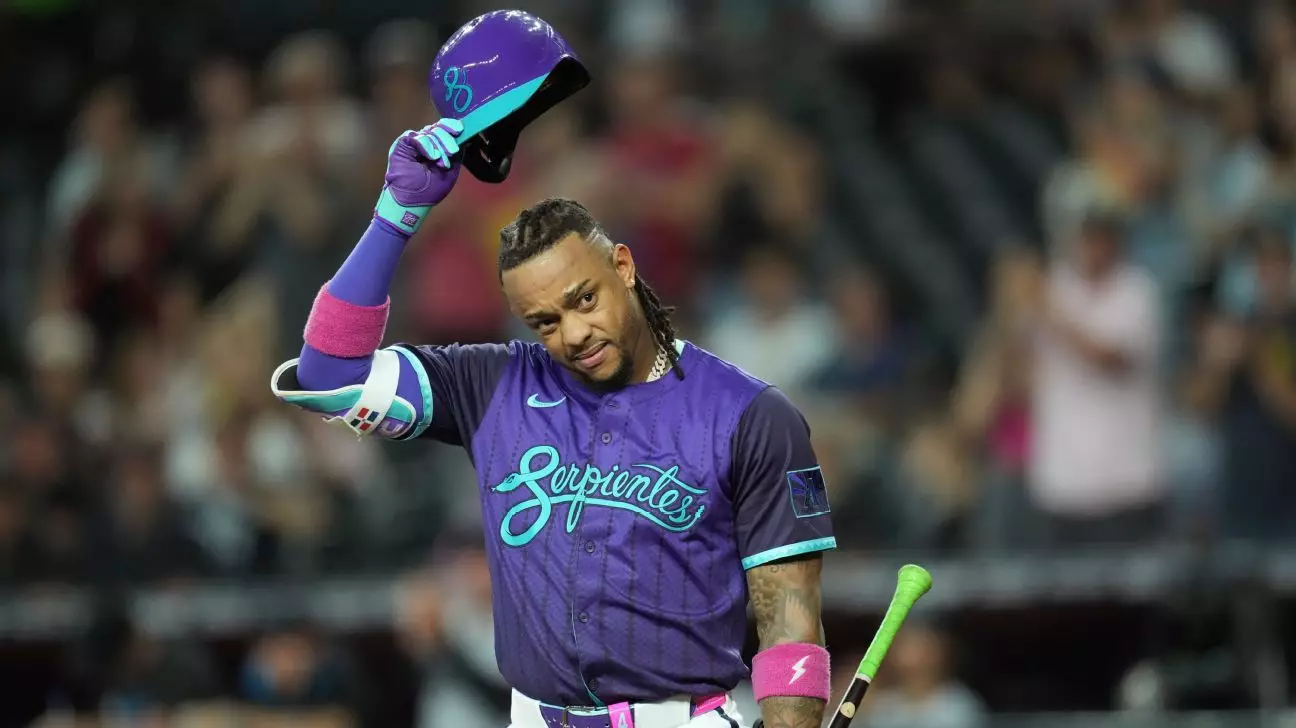In the age of social media and relentless media scrutiny, professional athletes often seek solace in the comfort of their private residences. Yet, recent events reveal that even these havens are not immune to threat. The burglary at Ketel Marte’s Arizona home exposes a concerning trend: the targeted insecurity faced by high-profile sports figures. It highlights a harsh reality—public acclaim does not guarantee safety. As fans celebrate their achievements and heroics, criminals watch, patiently waiting for moments when athletes are most vulnerable. The fact that Marte’s home was pilfered during the All-Star break, a period meant for rest, underscores an unsettling truth: criminals are increasingly sophisticated and opportunistic, striking when individuals are away or distracted.
Why Are Athletes Being Targeted More Than Ever?
This incident is not isolated. It forms part of a grim pattern where thieves focus specifically on those deemed wealthy and well-known. High-end jewelry, luxury automobiles, and substantial cash reserves make these homes attractive targets. Athletes, by virtue of their fame and wealth, automatically become prime candidates. The recent spate of burglaries targeting professional sports stars suggests organized crime groups have recognized a lucrative bounty waiting within these residences. The FBI grimly warns sports leagues about these groups, hinting at an alarming escalation in both planning and execution sophistication. The pattern of thefts reveals a calculated approach — thieves often coordinate their activities when athletes are away on road trips, leaving homes unguarded during the most inopportune moments.
Consequences for Athlete Security and Public Perception
This wave of burglaries significantly impacts not only the sense of security but also the public image of athletes. There’s an implicit message: fame alone does not protect individuals from crime. For the athletes themselves, this raises pressing questions about security protocols. Many are now forced to reconsider their safety measures, perhaps investing heavily in surveillance and security personnel, which can be both costly and emotionally taxing. For fans and the public, it challenges the perception that star athletes lead flawless lives. Instead, it paints a picture of individuals constantly at risk, navigating a landscape riddled with potential threats masked behind their glamorous façades.
The Need for Enhanced Protective Measures
The rise in targeted burglaries demands a foundational re-evaluation of athlete safety strategies. Security agencies and clubs should collaborate with athletes to implement smarter, more robust protection systems. This isn’t merely about installing cameras but adopting a holistic approach—integrating cybersecurity, discreet security personnel, and community awareness. The urgency for such measures has never been clearer. As criminals adapt and evolve, so must the defenses around those they aim to exploit. In a fragile cycle of risk and reward, the onus is on athletes and their teams to secure their sanctuaries, transforming them from vulnerable points into fortified safe havens.
While the crime remains under investigation, there’s an undeniable concern: the continued targeting of athletes signifies a broader failure of societal safeguards. Without proactive strategies, the sanctuaries of our sports heroes risk becoming just another chapter in the depraved narrative of modern crime.

